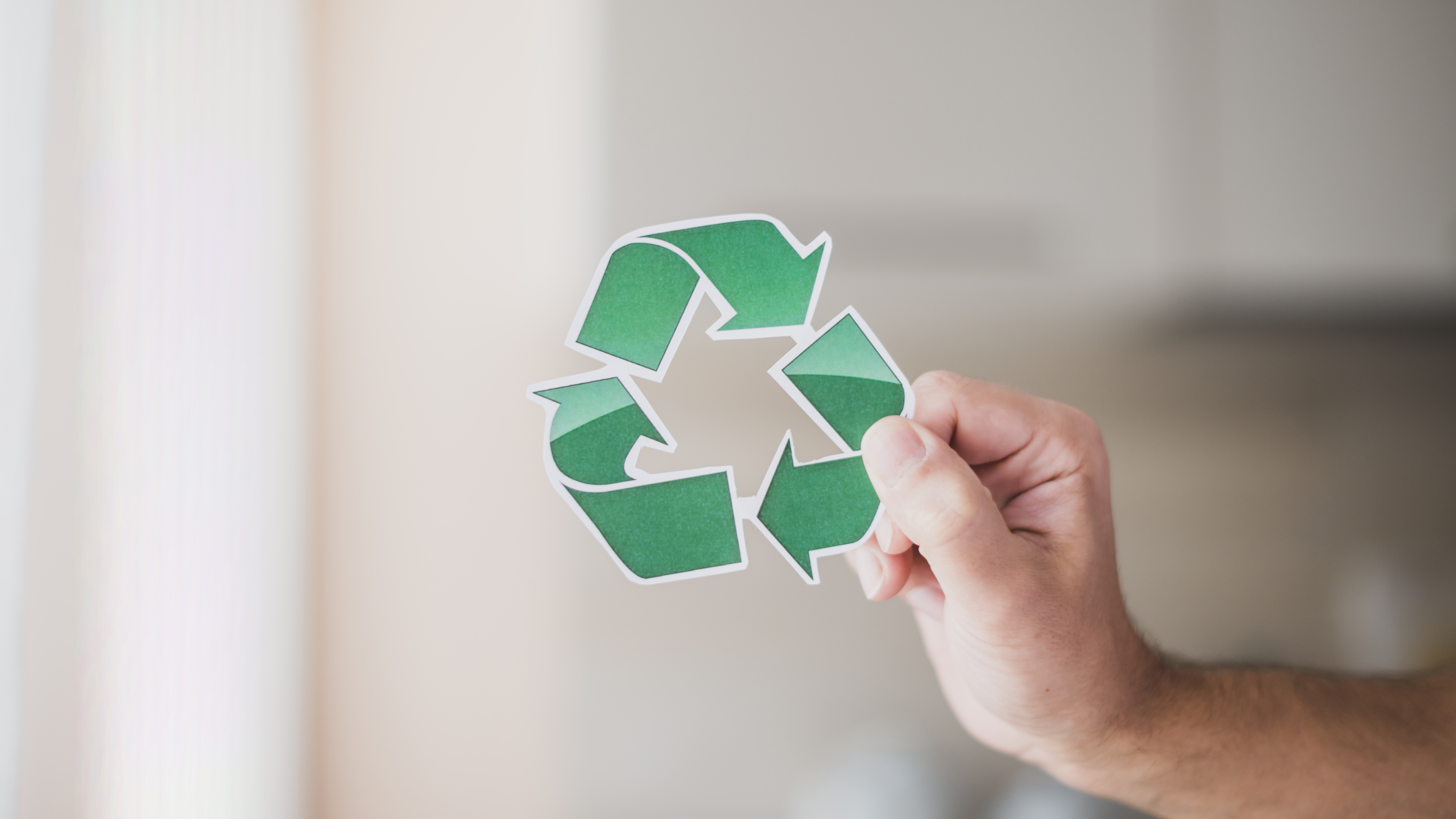The state of the world in 2020 in terms of Emissions & Needs
On the surface, the study paints a grim picture: since the two years that the first Circularity Gap Report was launched, global economy has become less circular, from 9,1% to 8,6%. We are consuming 100 billion tonnes of materials a year and the planet has gotten 1 C° warmer compared to its state before the industrial revolution. In 2019, we emitted 59 billion tonnes (Gt) of GHGs globally, of which 70% were generated by the production and use of material. The study identified housing, mobility and nutrition as the areas generating the most GHG emissions globally, almost 70%. While the remaining 30% of emissions comes from Communications, Services, Consumables and Healthcare (see Figure 1)[1].
Circular solutions have an extensive potential to bring about changes in the way we produce and consume products as well as the decision making surrounding these choices. However, for these to become real-life and sustainable results we need to consider the different national pathways and conditions to choose the most suitable circular economy intervention. With this in mind report highlights the significant carbon inequalities among states, with the richest 10% producing the highest (48%) levels of emission, while the poorest nations produce only 7%. The latter, sadly, are the most vulnerable to the effects of climate change.
What about the currently implemented solutions? After all, nationally determined contributions (NDCs) exist for the purpose of long-term commitments toward fulfilling the goals of the Paris Agreement. It is projected that even if these commitments are met, it would still lead to a 2-3 C° of global warming – while the Emission Gap defines a level of increase of 2 degrees at most.
So how can we influence global leadership to do better?
Closing the gap
The objective is to minimize resource extraction and biomass production, while reducing the degradation and loss of material to a minimum. The report’s recommended strategies are as follows:
Use less!: using less amount of material by sharing, renting and leasing
Use longer!: longer use through refurbishing, repair and remanufacture
Make clean!: replacing fossil fuels and polluting materials with renewable sources
Use again!: the reuse of tools, through recycling them at their end-of-life
On the level of societal needs, the report proposes the following solutions:
The report concludes that its model can result in a reduction of 28.8 billion tonnes in emissions and can close the Emissions Gap by more than 70%.
What does the future hold?
2020 may have been a global challenge for us, socially and economically in equal measure. However, the report highlights that during the pandemic lockdown, the global emissions level decreased sharply: global CO2 was 7% at the lowest, lower than in 2019 and the lowest since 2010. So, there is newfound hope and proof that changing our habits is still possible. That by making “interventions” in the culture of extracting resources, production and consumption, it is possible to move away from a linear economy towards circularity.
One thing is clear, in order get to a better future, we really must take action now!
[1] Circle Economy. (2021). The Circularity Gap Report. Circle Economy. Retrieved from https://drive.google.com/file/d/1MP7EhRU-N8n1S3zpzqlshNWxqFR2hznd/view
